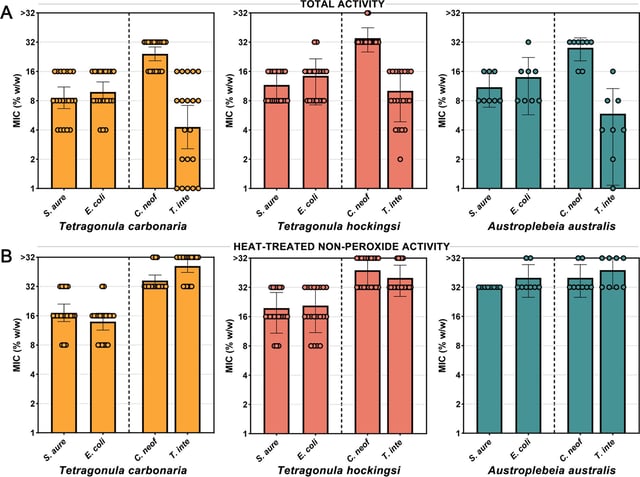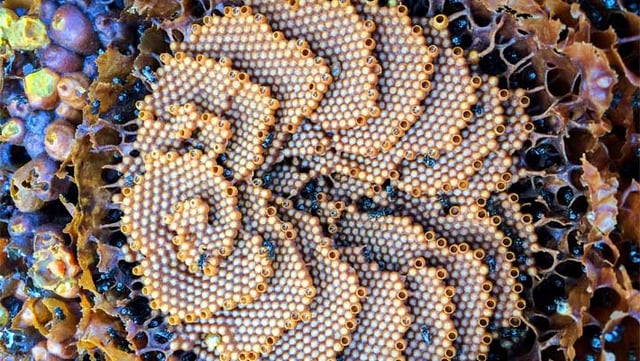Overview
- University of Sydney researchers tested honey from Tetragonula carbonaria, T. hockingsi and Austroplebeia australis and found it inhibits a range of bacteria and fungi.
- Experiments revealed high levels of both hydrogen peroxide and non-peroxide activity across all sugarbag samples, in contrast to the variable properties of European honeybee honey.
- Food Standards Australia New Zealand approval last year cleared the way for domestic and international commercialization of native stingless bee honey.
- Each stingless hive produces only about half a liter of honey annually, posing scalability challenges that could be addressed through incentives to expand hive numbers.
- Earlier studies suggest pathogens do not develop resistance to honey, highlighting its promise as an alternative to synthetic antibiotics in fighting antimicrobial resistance.

